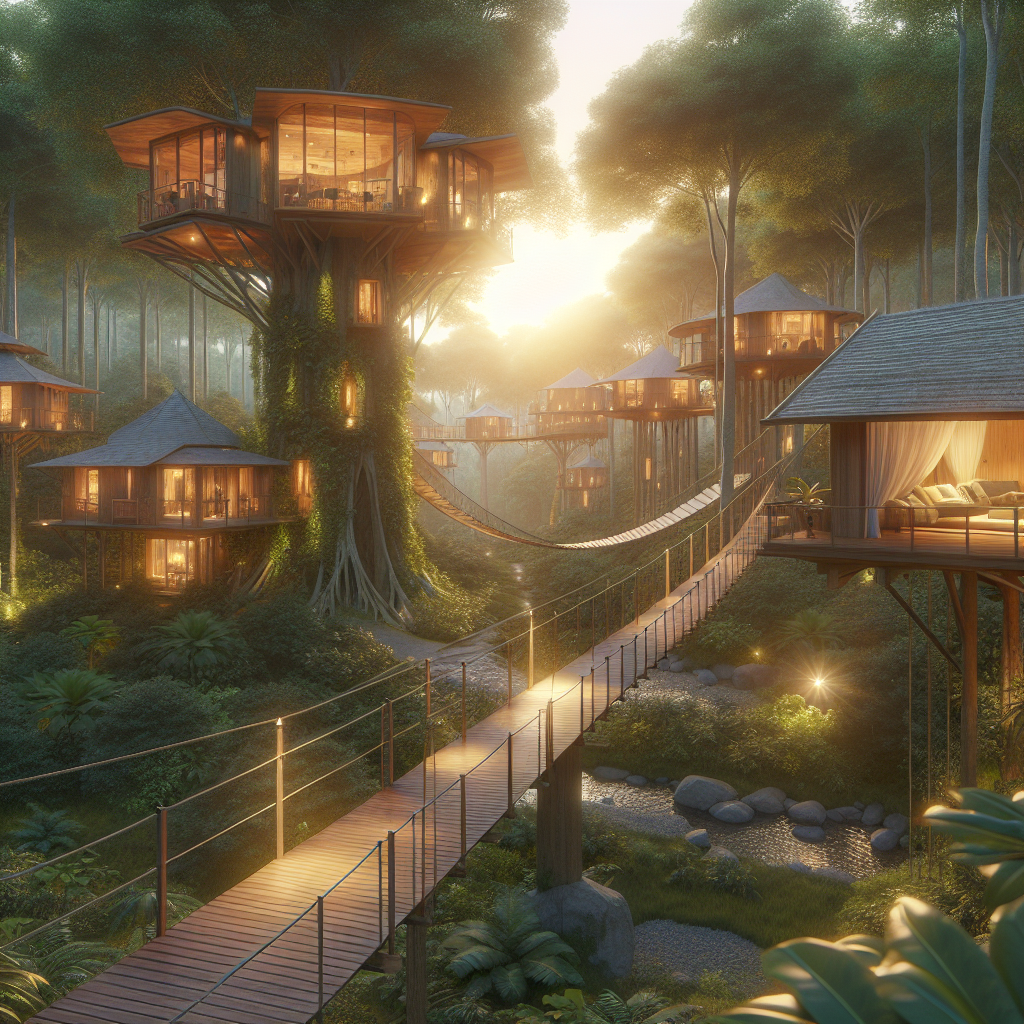In a world filled with concrete jungles and bustling city life, the beauty of nature often becomes a distant memory. However, hidden away in various corners of the world are private nature reserves that offer a glimpse into the untouched beauty of the natural world. These reserves are havens for wildlife, plant life, and stunning landscapes that have been preserved for generations to come.
Private nature reserves are areas of land that have been set aside for conservation purposes by private individuals or organizations. Unlike publicly owned national parks, private nature reserves are often smaller in size and more exclusive in terms of access. They are typically owned by individuals who are passionate about conservation and have taken steps to protect the land from development or exploitation.
One of the benefits of private nature reserves is the opportunity to experience nature in its purest form. These reserves are often less crowded than public parks, allowing visitors to connect with nature on a more intimate level. In addition, the exclusivity of private reserves means that they are often less impacted by human activity, resulting in a more pristine and untouched natural environment.
Private nature reserves can be found all around the world, offering a diverse range of habitats and ecosystems to explore. From lush rainforests in Costa Rica to rugged mountain ranges in South Africa, each reserve has its own unique beauty and charm. Whether you’re interested in birdwatching, hiking, or simply soaking in the tranquility of nature, there is a private nature reserve waiting to be discovered.
One of the key benefits of private nature reserves is their role in conservation. By preserving natural habitats and protecting endangered species, these reserves play a critical role in maintaining biodiversity and ecological balance. Many private reserves also engage in research and conservation programs to further their mission of protecting the natural world.
In addition to their conservation efforts, private nature reserves often offer opportunities for education and ecotourism. Visitors to these reserves can learn about the local wildlife and ecosystems through guided tours, educational programs, and interactive exhibits. Some reserves also offer eco-friendly accommodations and activities, allowing guests to immerse themselves in the beauty of nature while minimizing their impact on the environment.
FAQs:
Q: How can I visit a private nature reserve?
A: Many private nature reserves offer guided tours and accommodations for visitors. It’s best to contact the reserve directly to inquire about visiting and to make any necessary arrangements.
Q: Are private nature reserves open to the public?
A: Some private nature reserves are open to the public, while others have limited access or are by invitation only. It’s important to check with the reserve before planning your visit.
Q: What activities are available at private nature reserves?
A: Activities vary depending on the reserve, but common options include hiking, birdwatching, wildlife viewing, and eco-friendly accommodations.
Q: How can I support private nature reserves?
A: You can support private nature reserves by visiting, donating, volunteering, or spreading awareness about their conservation efforts. Your support helps to ensure these vital habitats are protected for future generations to enjoy.
In conclusion, private nature reserves offer a unique opportunity to experience the untouched beauty of the natural world. From stunning landscapes to rare wildlife, these reserves provide a glimpse into a world untouched by human intervention. By visiting and supporting private nature reserves, we can play a vital role in preserving the beauty and diversity of our planet for generations to come. So, pack your bags and set out to uncover the hidden gems of private nature reserves around the world.





Leave A Comment